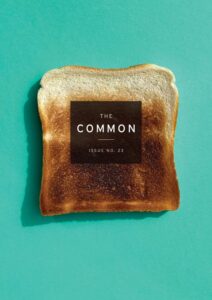Sampling Thoreau
Part 2: Where I Live and What I live For
Inspired by rereading Thoreau’s Walden for the first time in 30 years, I am writing a series of essays—an attempt to sample Thoreau, and swing the rhythm. I want to honor the young idealist with echoes of his aphoristic style and, at the same time, challenge his lofty ideals with the experience of an older woman. Click here to read Part 1.
In the early years of our marriage, Andy and I used to rent a house for two weeks in the summer in Lubec, Maine, as far Down East as you can go and still be in the U.S. It was a canning town—sardines. We thought of it as a paradise that was our secret. We could ride our bicycles out to lighthouses in two different directions, walk through a bog full of the carnivorous sundew and pitcher plants and cross the bridge to Campobello Island, New Brunswick, where, sitting on the cliffs, we see could see Finback whales spouting and diving on the horizon. When we started going there, only one canning plant was still in operation. The last year we visited, that too was closed. On our walks through town, we found that nearly every other house was for sale; but when it came down to it, we couldn’t buy one. We’d always be from “away,” but we’d lose our status as strangers. And, there were the seven hours of highway between me and my sisters.

